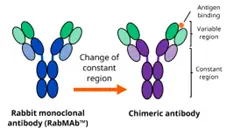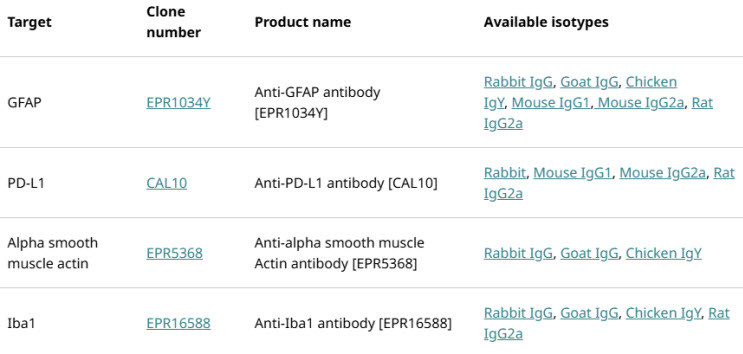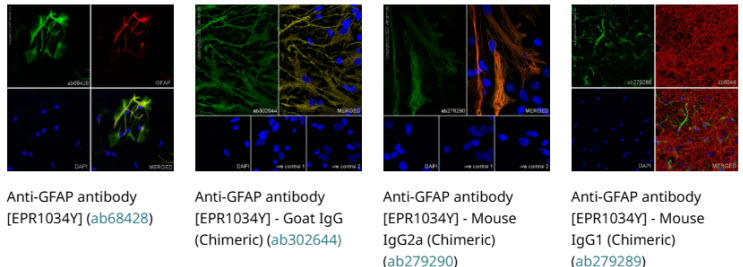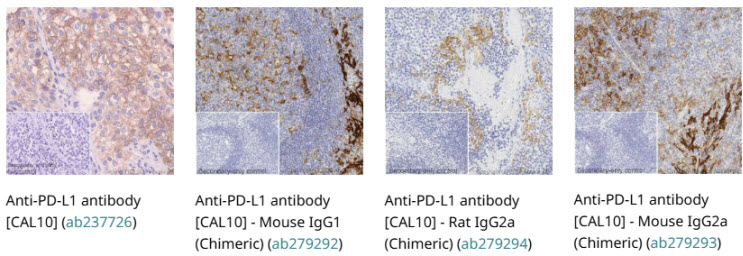Chimeric Antibodies: Find Your Ideal Solution For Multiplex Imaging And Spatial Proteomics

Discover our range of chimeric antibodies, find your ideal solution for multiplex imaging and spatial proteomics, and discover how you can save time and improve the reproducibility of your results.

Our rabbit recombinant monoclonal antibodies are widely recognized for their high specificity and sensitivity. However, certain experimental conditions—especially those involving multiplexing—demand antibodies derived from various species, such as mouse, human, rat, or chicken. To meet the needs of your experiments, we’ve developed a range of chimeric antibodies.
Chimeric antibodies combine the binding regions (variable domain) from the parent rabbit recombinant monoclonal antibody with the constant region from a different species. This innovative approach preserves the high performance and binding properties of the original recombinant monoclonal antibody while introducing a diverse range of species backbones, including mouse (IgG1, IgG2a), rat (IgG2a), chicken (IgY), and goat (IgG).

These chimeric antibodies have the same clone number as the parent rabbit antibody and can be identified by the word “chimeric” in the product name. The table below displays a selection of just some of our chimeric antibodies.

Chimeric antibodies are powerful tools for multiplex imaging techniques, spatial proteomics, and any experimental setup requiring multiple primary antibodies.
For example, when visualizing multiple target proteins within a single image using primary antibodies alongside fluorescently labeled secondary antibodies, the primary antibodies must have distinct host species backbones to enable species-specific secondary antibody detection. In such cases, combining antibodies in a single experiment can force you to compromise when selecting reagents to ensure compatibility.

Chimeric antibodies help eliminate the need for compromise by allowing the same high-performing antibody to be used in various combinations. This enhanced experimental flexibility saves you time and costs by reducing the need for additional antibody purchases and validations. Using the same antibody will also help to ensure consistency and continuity between experiments.

Chimeric antibodies also facilitate the seamless transition between different animal model systems, allowing you to use the same antibody across various models. This ensures reagent consistency, enhances experimental comparability, and supports reliable data interpretation throughout your project's lifecycle.
Many of these chimeric antibodies are also available in carrier-free formulations, allowing for enhanced experimental flexibility and easy conjugation using our Lightning-Link®kits. Directly conjugated versions are also available to help streamline workflows and improve efficiency.
Chimeric antibodies should always be used in conjunction with Fc-specific pre-adsorbed secondary antibodies to ensure there is no cross-reaction of anti-rabbit secondaries detecting the chimeric antibodies, which would give false positive results.
